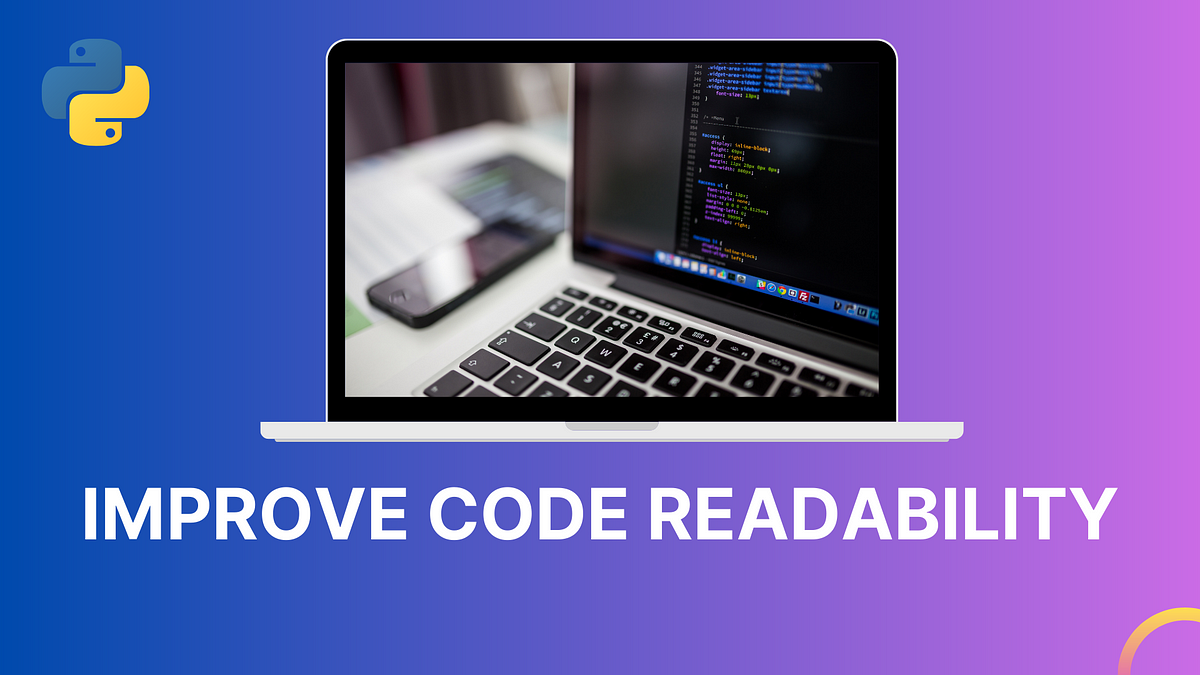
Enhance Code Readability: Essential Tips for Clear Programming
Code readability is a cornerstone of effective software development. Clear and readable code not only facilitates collaboration but also reduces the likelihood of errors and enhances maintainability. In this article, we explore crucial tips for improving code readability.
Prioritize Meaningful Variable and Function Names
One of the first steps toward improving code readability is choosing meaningful and descriptive names for variables and functions. A well-chosen name should convey the purpose or intent of the variable or function, making it easier for developers to understand its role within the code.
Organize Code with Consistent Indentation and Formatting
Consistent indentation and formatting create a visually appealing and easy-to-follow code structure. Developers should adhere to a consistent style guide, using indentation and spacing uniformly. This not only enhances code readability but also fosters a sense of orderliness within the codebase.
Break Down Complex Logic into Simple Steps
Complex logic can be challenging to comprehend at a glance. Breaking down intricate algorithms or logic into smaller, more manageable steps improves code readability. Each step should have a clear purpose, and the overall flow of the code should follow a logical progression.
Group Related Code Blocks and Functions
Grouping related code blocks and functions helps create a coherent and organized code structure. Related functionality should be located together, making it easier for developers to find and understand the relevant portions of the code. This grouping fosters a more intuitive navigation experience.
Utilize Comments Wisely for Explanation, Not Redundancy
While comments can be valuable, they should serve to explain complex logic or provide context rather than reiterate what the code already communicates. Overly redundant comments can clutter the codebase and may become outdated, leading to confusion rather than clarity.
Establish Consistent Naming Conventions
Consistency in naming conventions is crucial for code readability. Adopt and adhere to a naming convention for variables, functions, and other identifiers. Consistent naming simplifies understanding, ensuring that developers can quickly grasp the purpose of different elements within the code.
Limit Line Length for Easy Scanning
Long lines of code can be challenging to scan and comprehend. Limiting line length to a reasonable size enhances readability, making it easier for developers to follow the code’s logic without excessive horizontal scrolling. Many code editors provide guidelines to assist in maintaining an appropriate line length.
Avoid Overly Nested Code Structures
Excessive nesting of code structures, such as deeply nested loops or conditional statements, can make code convoluted and difficult to follow. Strive to keep code structures shallow by refactoring and extracting nested sections into separate functions when necessary. This simplifies the overall code structure.
Consider Code Reviews for Collaborative Improvement
Code reviews are an invaluable practice for enhancing code readability collaboratively. Engaging in regular code reviews allows team members to provide feedback on readability and coding style. Constructive feedback from peers contributes to a collective effort in improving the overall readability of the codebase.
Implement Readable Documentation and Inline Comments
In addition to meaningful variable and function names, clear and concise documentation enhances code readability. Include inline comments to explain complex sections or highlight important details. Well-documented code serves as a reference for developers, providing insights into the rationale behind certain design choices.
For more insights on Code Readability Tips, visit boydmillerwebdesign.com. Implementing these tips will not only improve code readability but also contribute to a more enjoyable and efficient development process.




![Average Renovation Costs in [Your Location] Average Renovation Costs in [Your Location]](https://images.unsplash.com/photo-1517103278237-421a1cb020fa?fm=jpg&q=60&w=3000&ixlib=rb-4.0.3&ixid=M3wxMjA3fDB8MHxzZWFyY2h8M3x8aG93JTIwbXVjaCUyMHJlbm92YXRpb24lMjBjb3N0fGVufDB8MHwwfHx8Mg%3D%3D)





